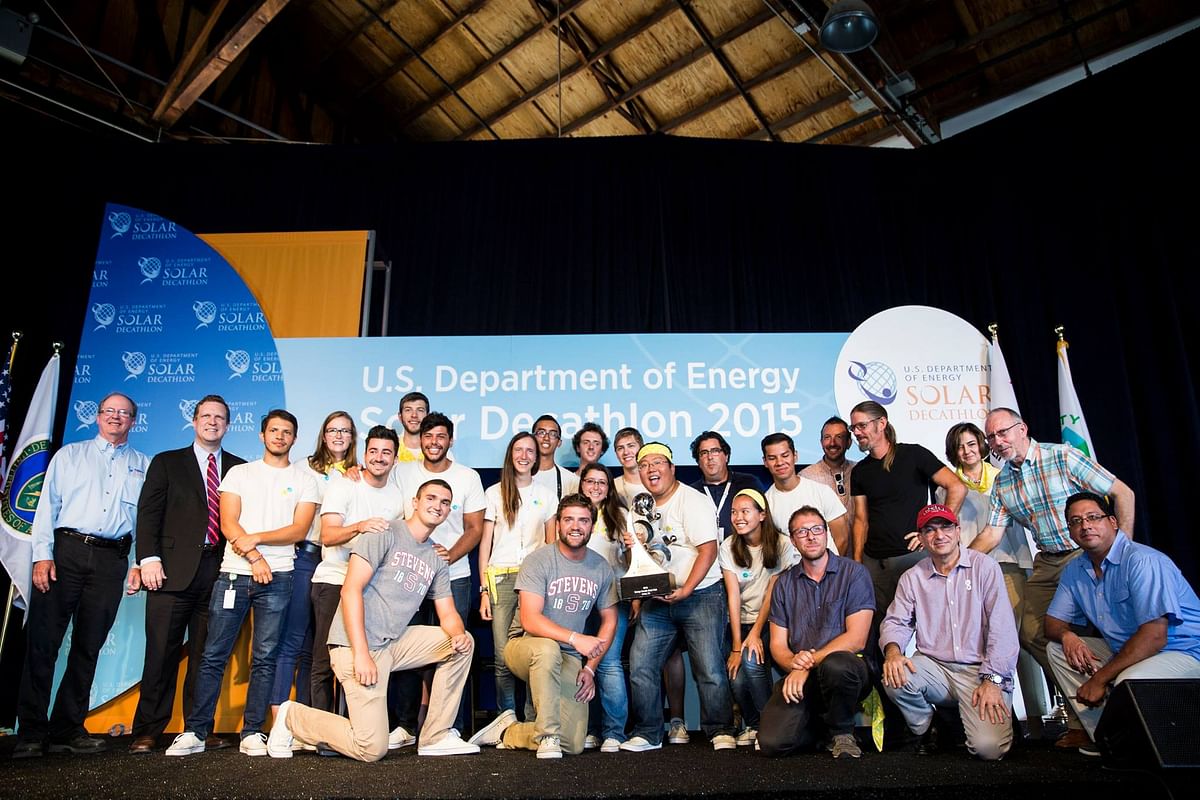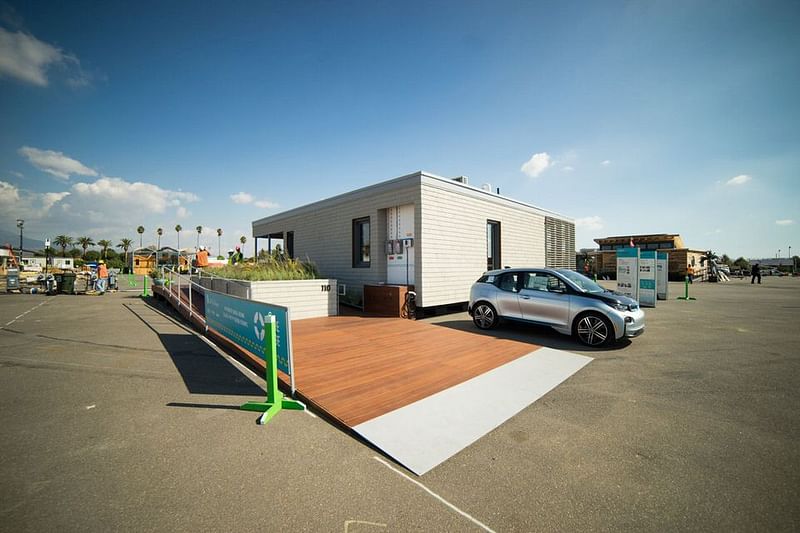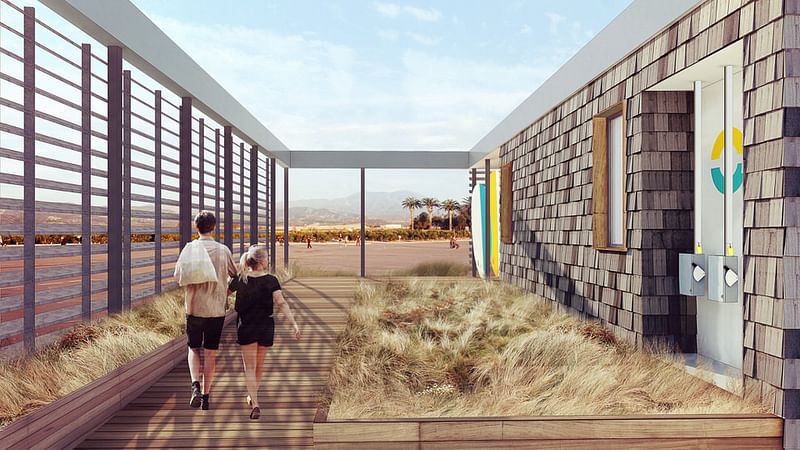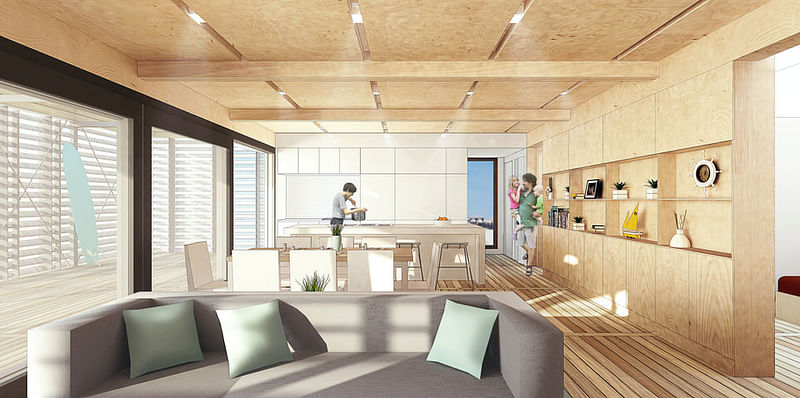A glimpse of the SURE HOUSE by 2015 Solar Decathlon winner Stevens Institute of Technology
By Bustler Editors|
Tuesday, Oct 20, 2015

Related
In the last two years, over a dozen teams of college students from the U.S. and abroad designed fully operating solar-powered houses for the biennial U.S. Department of Energy Solar Decathlon. First launched in 2002, the 2015 Decathlon took place at the Orange County Great Park in Irvine, California for the second time. The winning house best blends affordability and consumer appeal, in addition to demonstrating optimal energy production and efficiency. The houses are evaluated in 10 contests based on merits of performance and livability.
After a little over a week of the scored competition, the Stevens Institute of Technology of Hoboken, New Jersey won first place overall with their hurricane-resistant SURE HOUSE.
Read on for more.
One of the crowd favorites in the 2015 competition, the SURE HOUSE scored the highest in seven out of the 10 contests, which put the team in the lead with a final score of 950.685 points out of a possible 1,000. The contests included Architecture, Communications, and Market Appeal. The final 14 competing teams constructed their solar-powered houses from scratch in just nine days before the competition officially began on October 8.

After witnessing and even personally experiencing the aftermath of Hurricane Sandy, the Stevens team based their concept of the SURE HOUSE on storm resilience that balances energy efficiency.
Scroll down for more project info, provided by the Stevens Institute of Technology team.

"The Stevens team focused on developing the SURE HOUSE to withstand a hurricane while also setting a gold standard for energy sustainability."

"Built with fiber-composite materials that were repurposed from the boat building industry, the home is designed to waste as little energy expended on heating and cooling as possible. The result is a building armored against extreme weather with a minimal carbon footprint."

"Surrounding the home are bi-folding storm shutters, made with a composite foam core and wrapped with fiberglass, installed to shade the home throughout the year and act as the primary defensive barrier to block debris and water during inclement weather."

"SURE HOUSE powers itself with clean solar power, and uses 90 percent less energy than its conventional cousins. In the aftermath of a storm, SURE HOUSE can become a hub of emergency power for surrounding neighborhoods."

'This project was about creating a real, livable residence for families in coastal communities who will be hardest hit by the effects of climate change,' said A.J. Elliott, a graduate student in the Stevens Product Architecture and Engineering program and a member of the SURE HOUSE team. 'Our design provides a blueprint for the construction of homes that can endure extreme weather and epitomizes the principals of sustainable living.'"
Read about student decathletes' experience of the 2015 Solar Decathlon on our sister site Archinect.

Share
0 Comments
Comment as :